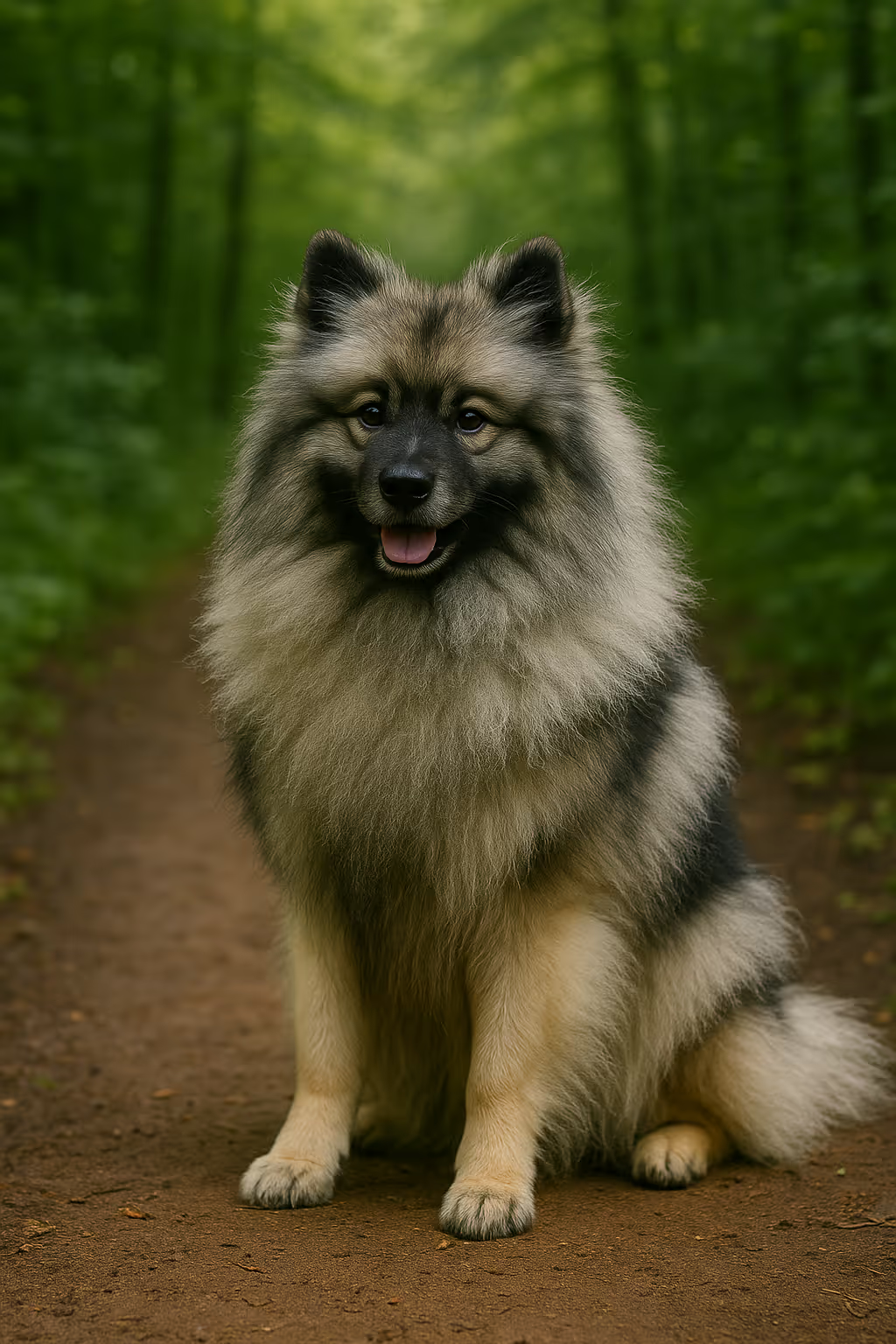The Keeshond is a friendly, fox‑faced spitz with a spectacular silver‑and‑black coat—affectionate, alert, and people‑oriented. A superb family companion that thrives on training, grooming, and daily walks.

Developed in the Netherlands as a barge/watch companion, the Keeshond (pronounced “kayz‑hond”) became a patriotic symbol in the 18th century. It later spread internationally as a cheerful family dog recognized by major kennel clubs.
Balanced and true to type with hallmark features.
Coat looks dramatic but is manageable with a routine.
Moderate needs—daily walks and training games keep them content.
Bright and eager—reward‑based methods shine.
Balanced diet; monitor weight under the coat.
Generally healthy; choose breeders who screen for hips and thyroid.
Seek spitz‑savvy breeders or consider northern‑breed rescues.
Apartment‑friendly?
Yes—with daily walks and bark management.
Do they shed?
High seasonally; regular brushing helps.
How trainable?
High—smart and people‑focused.
Good with kids?
Generally affectionate and playful.
Hypoallergenic?
No—double coat sheds.